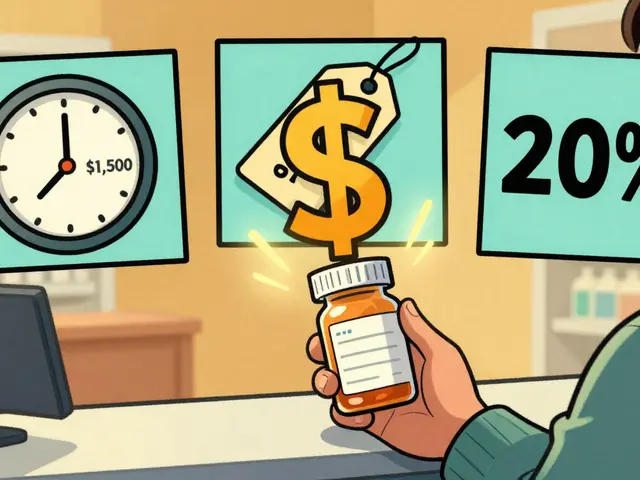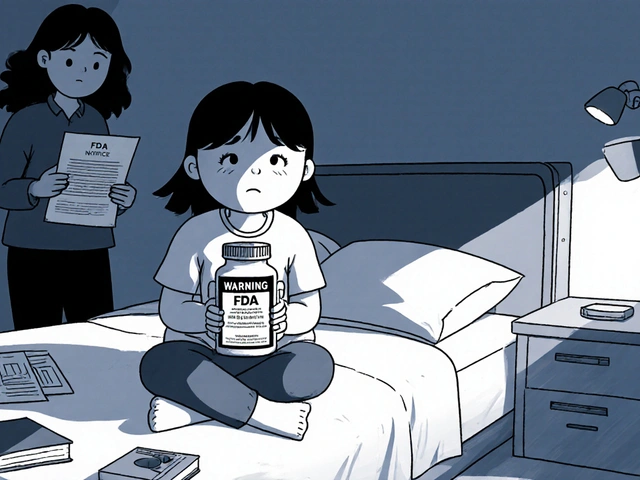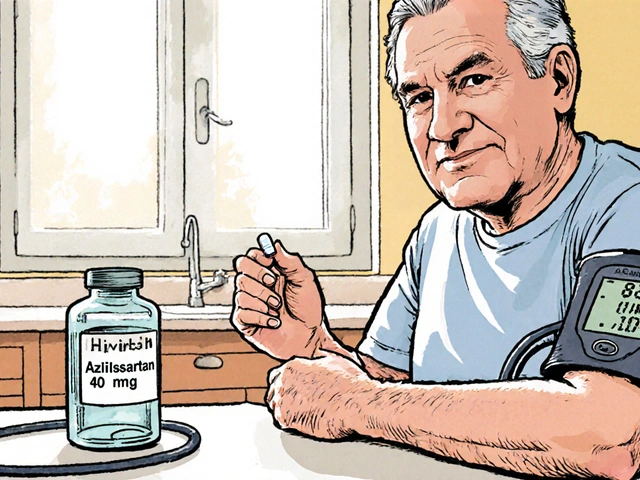Bipolar Disorder: Easy Guide to Symptoms, Treatment & Everyday Tips
If you or someone you know has sudden highs and lows, chances are you’ve heard the term bipolar disorder. It’s not just "mood swings" – it’s a medical condition that can change how you think, feel and act. This page breaks down what it really means, why help matters and where to find trustworthy resources.
What Is Bipolar Disorder?
Bipolar disorder is a brain‑chemical imbalance that creates two main phases: mania (or hypomania) and depression. During manic episodes you might feel super energetic, talk fast, take risks or need less sleep. Depressive phases bring sadness, low energy and loss of interest in things you normally enjoy.
There are several types – Bipolar I includes full‑blown mania, Bipolar II has milder hypomania with strong depression, and Cyclothymic Disorder shows milder mood swings that still affect daily life. Diagnosis usually involves a doctor’s interview, medical history and sometimes questionnaires to rule out other causes.
Managing Symptoms and Finding Help
The good news is that bipolar disorder can be managed with the right mix of medication, therapy and lifestyle tweaks. Mood stabilizers like lithium or newer options such as lamotrigine are common first‑line meds. Antidepressants may be added carefully during depressive periods.
Therapy works well too – cognitive behavioral therapy (CBT) helps spot triggers, while family-focused therapy teaches loved ones how to support you without adding pressure. Regular sleep schedules, balanced meals and exercise can smooth out the highs and lows.
If you’re looking for medication info, our site has simple breakdowns of popular drugs like Prozac, which is often discussed alongside bipolar treatment plans. Check out articles on side effects, dosage tips and real‑patient experiences to get a clearer picture before talking to your doctor.
Staying organized can cut stress. Use a journal or an app to track mood changes, sleep patterns and any side effects you notice. Sharing this log with your clinician makes it easier to adjust treatment quickly.
Support groups – whether online forums or local meet‑ups – give you a place to vent, ask questions and hear how others cope. Hearing real stories can reduce the feeling of being alone and provide practical hacks that work in everyday life.
When a crisis hits, don’t wait. Have an emergency plan: know the nearest hospital, keep a list of emergency contacts and consider a “safety kit” with your meds, a phone charger and calming items like a stress ball.
Remember, bipolar disorder is a lifelong condition but it doesn’t have to control you. With steady treatment, good habits and reliable info – like the guides on our site – you can lead a balanced, fulfilling life. Browse the articles below for deeper dives into specific meds, coping strategies and how to talk to friends or family about your diagnosis.






